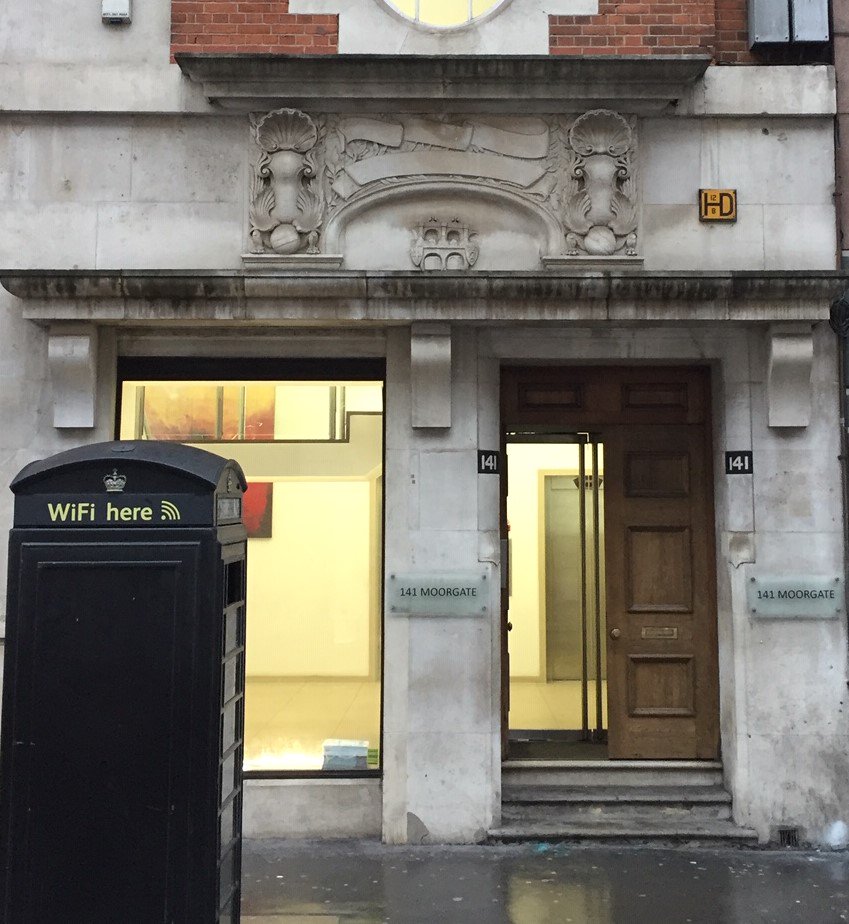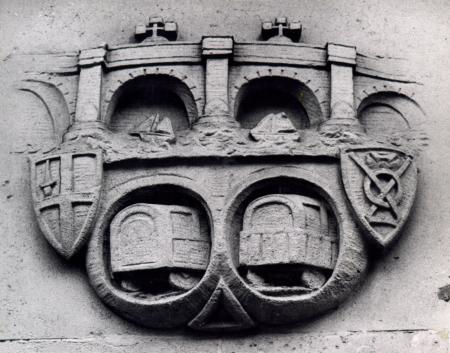I have been asked an interesting question. Why does London’s Moorgate tube station have a mix of “traditional” bar-and-Circle roundels... and weird diamonds? Well... (1/6)
The Metropolitan Railway, or “the Met” opened in 1863. It was the world’s first passenger underground railway, and soon it extended beyond Farringdon, thru Moorgate. Other extensions also pressed on, fast. The core route is broadly the Metropolitan line that we have today. (2/6)
The Metropolitan Railway was a trailblazer. It was an innovator, a user of great tech and engineering ideas.
Steam trains underground? The Met.
Cut’n’cover tunnels under roads? The Met.
Smokeless loco experiments? The Met.
Restaurant cars underground? The Met.
(3/6)
Steam trains underground? The Met.
Cut’n’cover tunnels under roads? The Met.
Smokeless loco experiments? The Met.
Restaurant cars underground? The Met.
(3/6)
The Metropolitan Railway pushed further from London than others. It was clever. It even created “Metro-Land”, what we now know as the suburbs of NW London. It built rails then sold nearby land back to house developers, guaranteeing passenger revenue for generations to come (4/6)
(Oops. I’m going to go over the /6 thread count. By a few. Sorry. I’m enjoying typing this. Anyway... 5/2,864,118)
The Met even had as one of its constituent parts the Brill Tramway, way out in rural Bucks, whose main loco had been based on a steam traction engine. It had become, by 1919, a proper network of its own. (6/X)
The Metropolitan gained a chairman - Sir Edward Watkin - a fierce, visionary man who defied convention. He tried to build a Channel Tunnel, but failed. He tried to build a double-height Eiffel Tower at Wembley (“Watkin’s Folly”) but it failed. But his Met... his Met worked. (7/X)
The Metropolitan Railway’s identity, like Watkin, was fiercely independent. Whilst in 1920s London, Johnston’s now-famous bar-and-circle roundel took hold across the deep level tubes and other sub-surface lines, The Met pressed on with theirs: a red diamond. (8/X)
Uh oh! Shock! horror! In 1933, the Metropolitan Railway was amalgated into The London Passenger Transport Board. So one by one, the Met’s signs came down. Yet proud Neasden Depot staff, until the A-Stock scrapping in 2012, still stuck Met crests on their drivers’ cab sides. (9/X)
Still the Met lived on in the people it affected. It built people’s lives.
My parents met along the Met. My grandparents met as schoolkids waving to each other across platforms on the Met. I rode in Met No.1’s cab every birthday from age of 7 on the old Met. (I’m 2nd right) (10/)
My parents met along the Met. My grandparents met as schoolkids waving to each other across platforms on the Met. I rode in Met No.1’s cab every birthday from age of 7 on the old Met. (I’m 2nd right) (10/)
There was so much love for the Met that in 2013, its 150th birthday, @TfL & @ltmuseum celebrated by driving steam train specials through Underground tunnels again. It was INCREDIBLE. People broke into spontaneous applause & I saw grown men cry tears of joy. The Met was BACK. (11/
At Moorgate, those brill, history-loving @TfL @ltmuseum staff in 2013 put back up old Met-style signs on platforms. They’re still there today, the diamonds facing the circles, reminding us of the story of this remarkable railway that runs beneath London’s streets.
 https://abs.twimg.com/emoji/v2/... draggable="false" alt="♦️" title="Diamond suit" aria-label="Emoji: Diamond suit">
https://abs.twimg.com/emoji/v2/... draggable="false" alt="♦️" title="Diamond suit" aria-label="Emoji: Diamond suit"> https://abs.twimg.com/emoji/v2/... draggable="false" alt="⭕️" title="Heavy large circle" aria-label="Emoji: Heavy large circle">/Ends
https://abs.twimg.com/emoji/v2/... draggable="false" alt="⭕️" title="Heavy large circle" aria-label="Emoji: Heavy large circle">/Ends
OK an extra bonus (or spam, depending on your POV) tweet:
If you know where to look, you’ll find old Metropolitan Railway company evidence. I’ve just been here, at its former Farringdon station. Check out the Met red diamond & bar frieze! Buildings find it hard to forget. https://abs.twimg.com/emoji/v2/... draggable="false" alt="♥️" title="Heart suit" aria-label="Emoji: Heart suit">
https://abs.twimg.com/emoji/v2/... draggable="false" alt="♥️" title="Heart suit" aria-label="Emoji: Heart suit"> https://abs.twimg.com/emoji/v2/... draggable="false" alt="♦️" title="Diamond suit" aria-label="Emoji: Diamond suit">
https://abs.twimg.com/emoji/v2/... draggable="false" alt="♦️" title="Diamond suit" aria-label="Emoji: Diamond suit">
If you know where to look, you’ll find old Metropolitan Railway company evidence. I’ve just been here, at its former Farringdon station. Check out the Met red diamond & bar frieze! Buildings find it hard to forget.
For your weekend viewing:
John Betjeman & chum Edward Mirzoeff made a *beautiful* documentary in 1973 for the BBC about the Metropolitan Railway & Metro-Land. I was obsessed by it as a child (still am). Full film is online here https://www.dailymotion.com/video/x5i3sp7 ;">https://www.dailymotion.com/video/x5i... famous title sequence thus:
John Betjeman & chum Edward Mirzoeff made a *beautiful* documentary in 1973 for the BBC about the Metropolitan Railway & Metro-Land. I was obsessed by it as a child (still am). Full film is online here https://www.dailymotion.com/video/x5i3sp7 ;">https://www.dailymotion.com/video/x5i... famous title sequence thus:

 Read on Twitter
Read on Twitter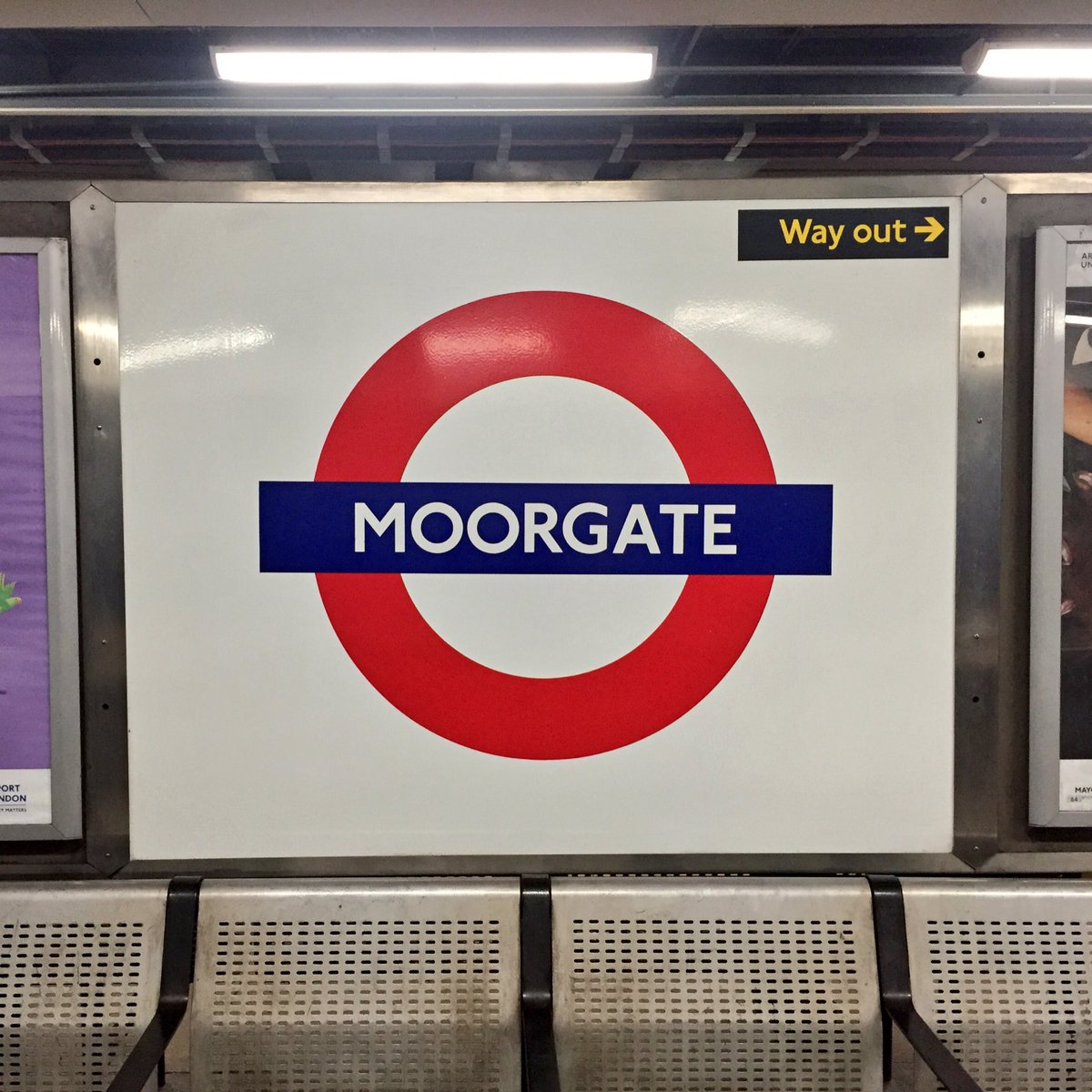

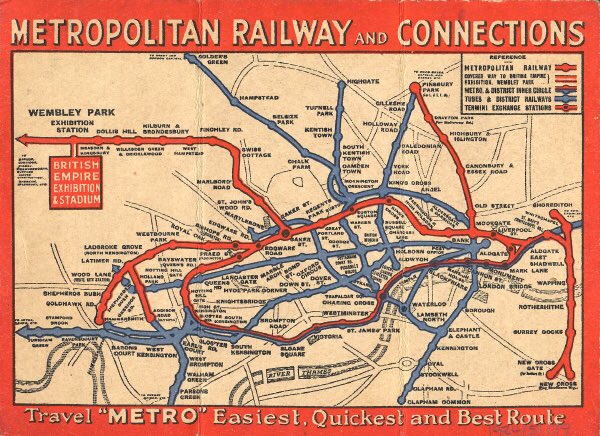
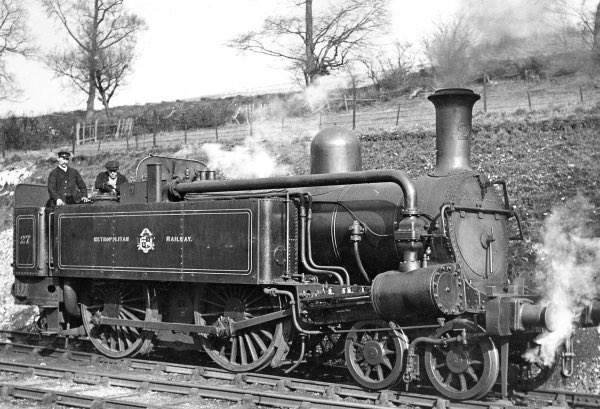
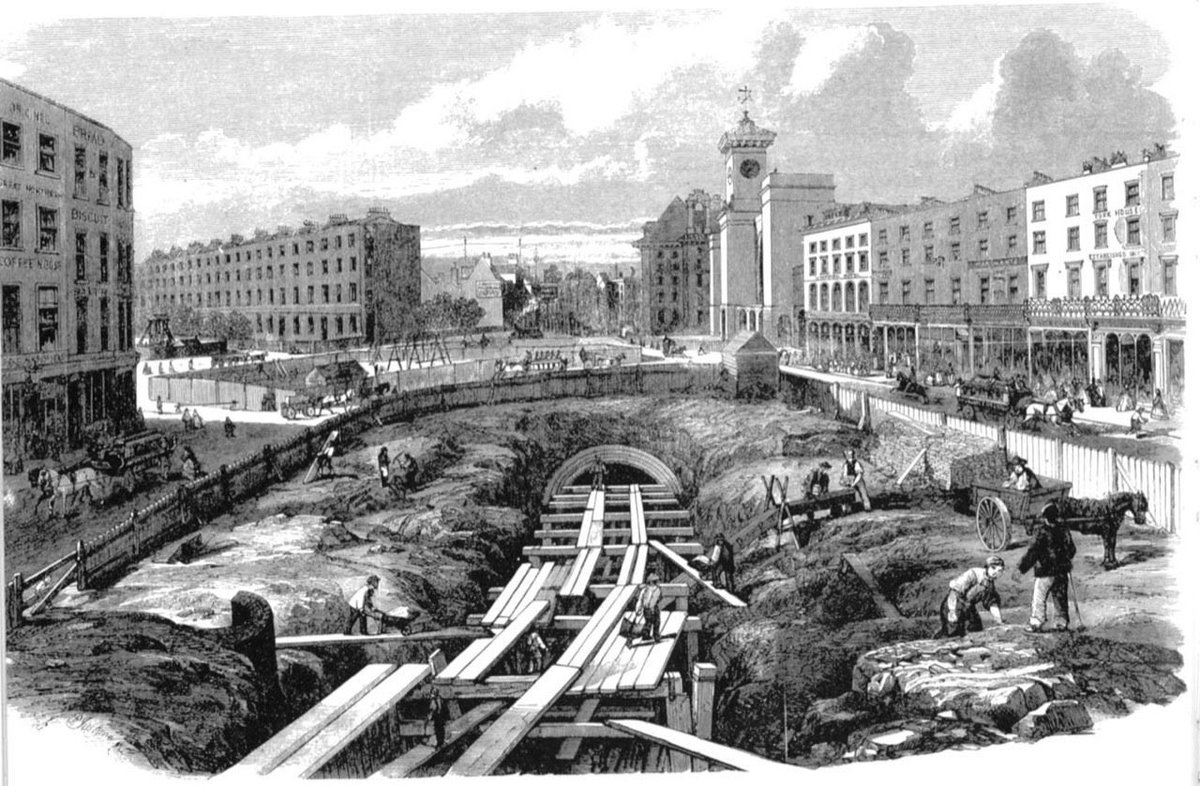
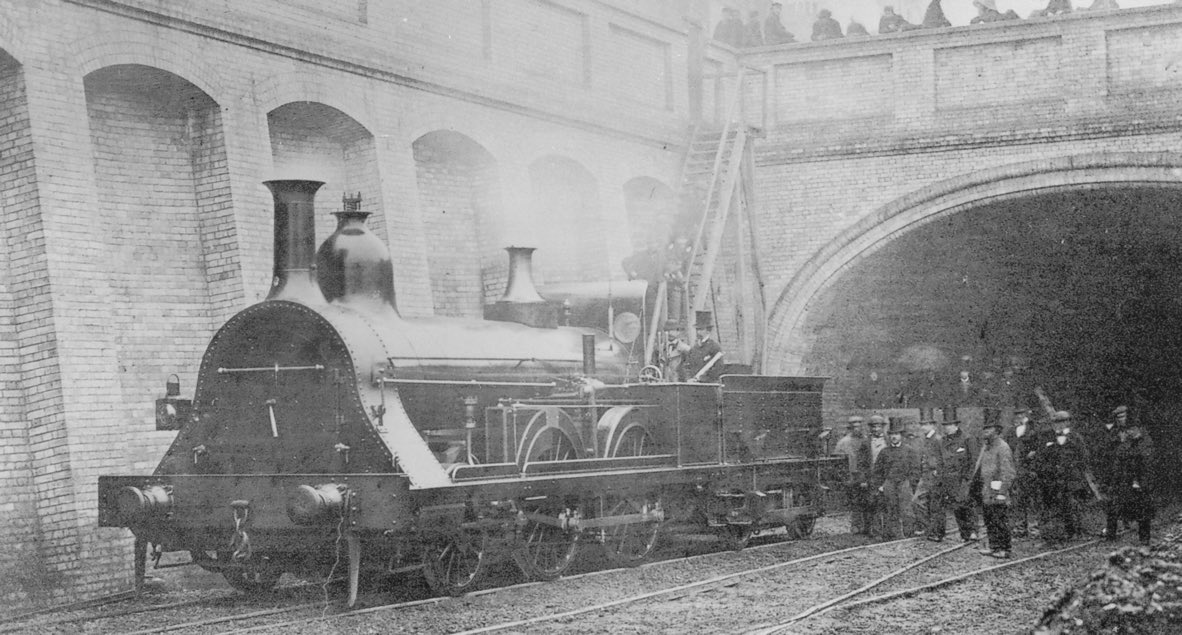
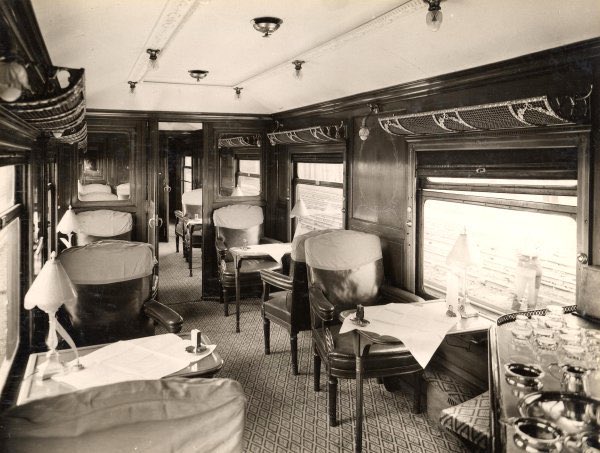
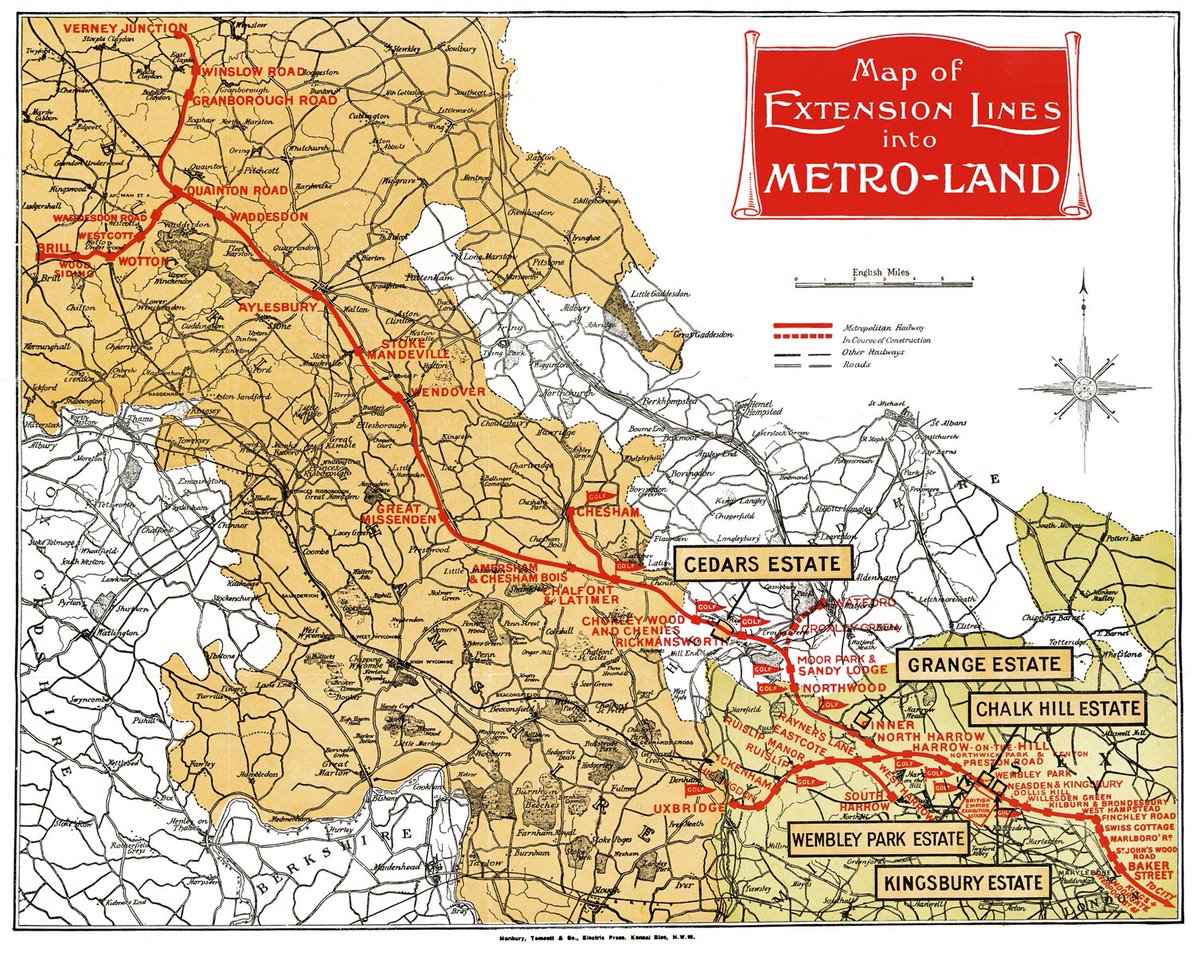
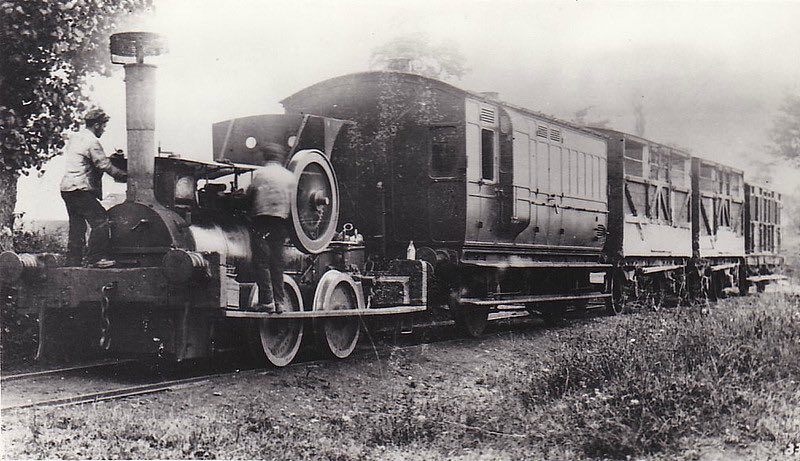
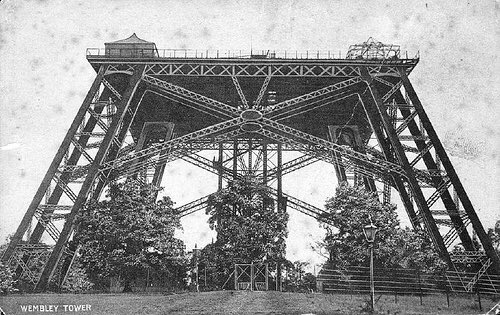
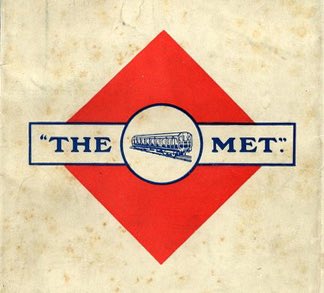
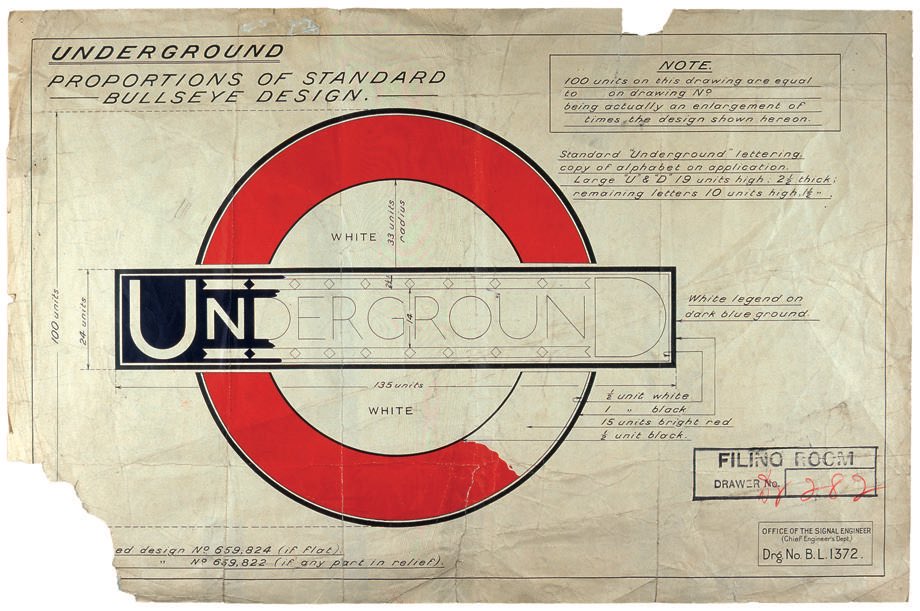
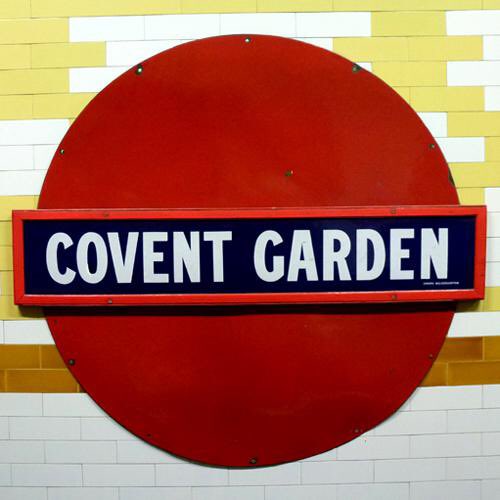

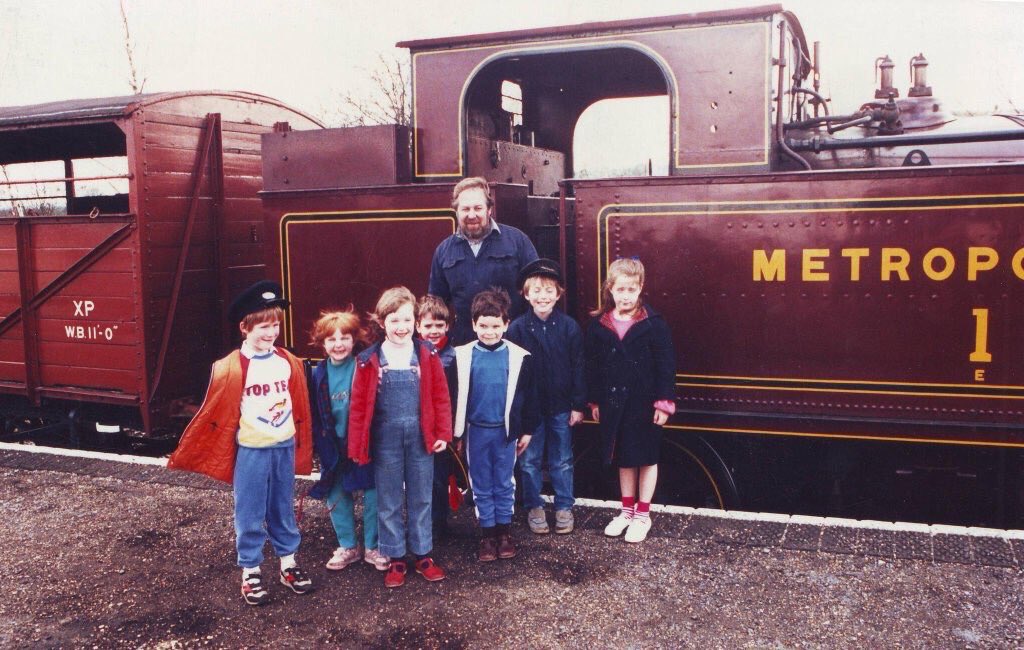
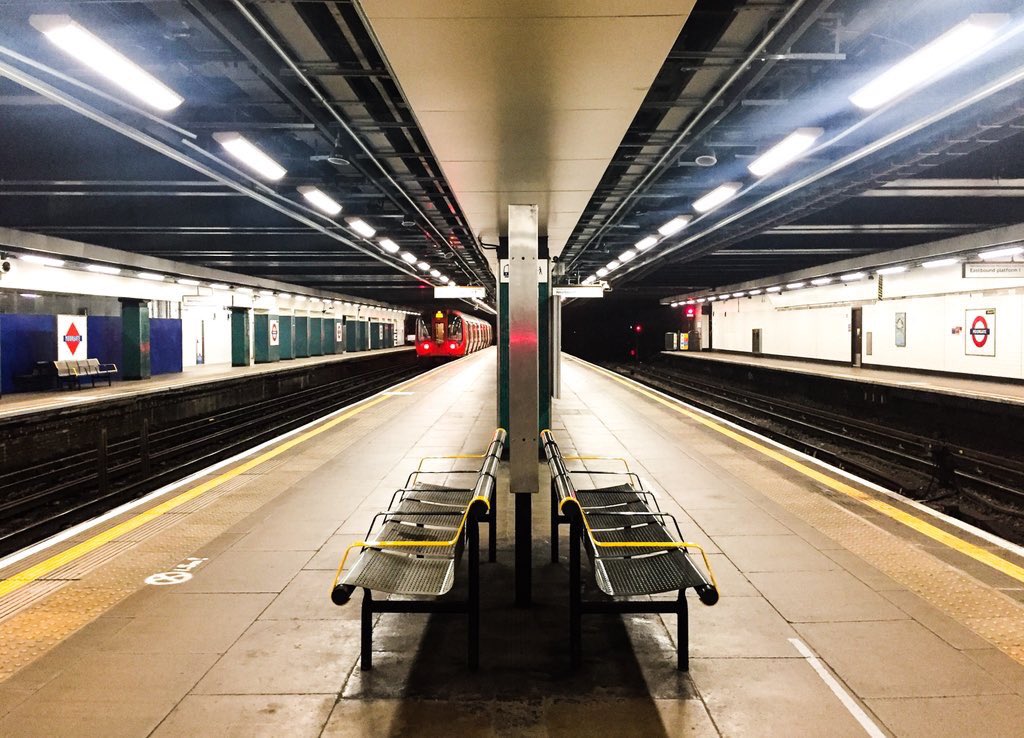 https://abs.twimg.com/emoji/v2/... draggable="false" alt="⭕️" title="Heavy large circle" aria-label="Emoji: Heavy large circle">/Ends" title="At Moorgate, those brill, history-loving @TfL @ltmuseum staff in 2013 put back up old Met-style signs on platforms. They’re still there today, the diamonds facing the circles, reminding us of the story of this remarkable railway that runs beneath London’s streets.https://abs.twimg.com/emoji/v2/... draggable="false" alt="♦️" title="Diamond suit" aria-label="Emoji: Diamond suit">https://abs.twimg.com/emoji/v2/... draggable="false" alt="⭕️" title="Heavy large circle" aria-label="Emoji: Heavy large circle">/Ends" class="img-responsive" style="max-width:100%;"/>
https://abs.twimg.com/emoji/v2/... draggable="false" alt="⭕️" title="Heavy large circle" aria-label="Emoji: Heavy large circle">/Ends" title="At Moorgate, those brill, history-loving @TfL @ltmuseum staff in 2013 put back up old Met-style signs on platforms. They’re still there today, the diamonds facing the circles, reminding us of the story of this remarkable railway that runs beneath London’s streets.https://abs.twimg.com/emoji/v2/... draggable="false" alt="♦️" title="Diamond suit" aria-label="Emoji: Diamond suit">https://abs.twimg.com/emoji/v2/... draggable="false" alt="⭕️" title="Heavy large circle" aria-label="Emoji: Heavy large circle">/Ends" class="img-responsive" style="max-width:100%;"/>
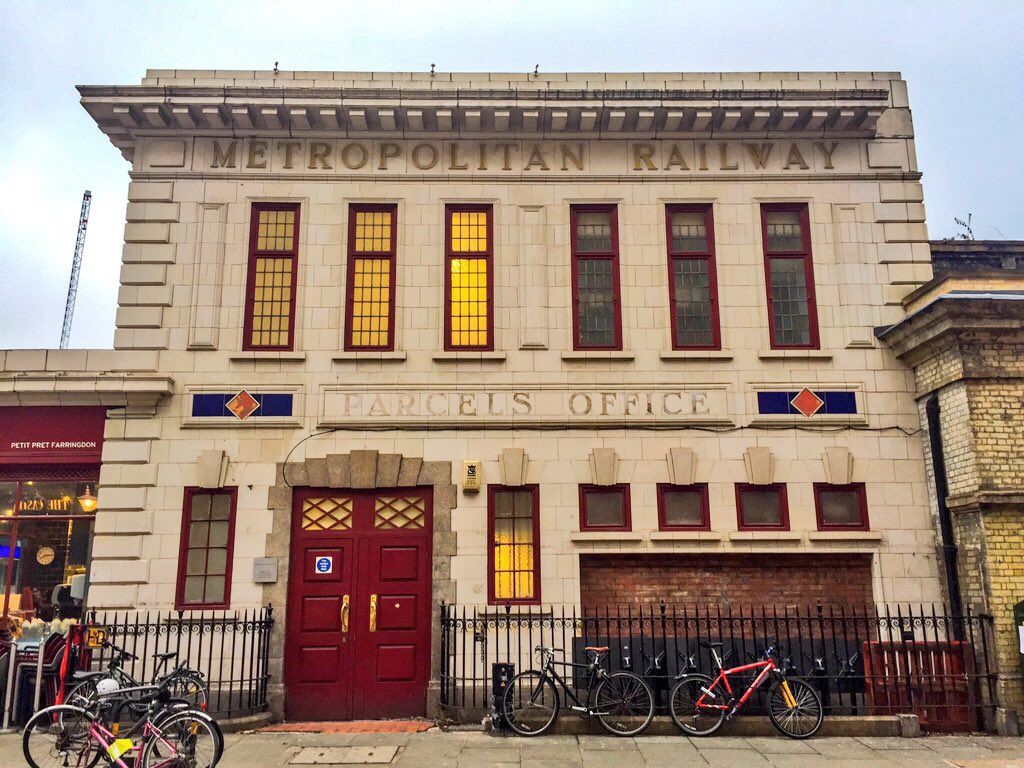 https://abs.twimg.com/emoji/v2/... draggable="false" alt="♦️" title="Diamond suit" aria-label="Emoji: Diamond suit">" title="OK an extra bonus (or spam, depending on your POV) tweet:If you know where to look, you’ll find old Metropolitan Railway company evidence. I’ve just been here, at its former Farringdon station. Check out the Met red diamond & bar frieze! Buildings find it hard to forget.https://abs.twimg.com/emoji/v2/... draggable="false" alt="♥️" title="Heart suit" aria-label="Emoji: Heart suit">https://abs.twimg.com/emoji/v2/... draggable="false" alt="♦️" title="Diamond suit" aria-label="Emoji: Diamond suit">" class="img-responsive" style="max-width:100%;"/>
https://abs.twimg.com/emoji/v2/... draggable="false" alt="♦️" title="Diamond suit" aria-label="Emoji: Diamond suit">" title="OK an extra bonus (or spam, depending on your POV) tweet:If you know where to look, you’ll find old Metropolitan Railway company evidence. I’ve just been here, at its former Farringdon station. Check out the Met red diamond & bar frieze! Buildings find it hard to forget.https://abs.twimg.com/emoji/v2/... draggable="false" alt="♥️" title="Heart suit" aria-label="Emoji: Heart suit">https://abs.twimg.com/emoji/v2/... draggable="false" alt="♦️" title="Diamond suit" aria-label="Emoji: Diamond suit">" class="img-responsive" style="max-width:100%;"/>
